Survision: Artificial Intelligence & LPR - Evolution or Revolution
The Survision approach to AI-based image processing for a better yet lighter LPR.
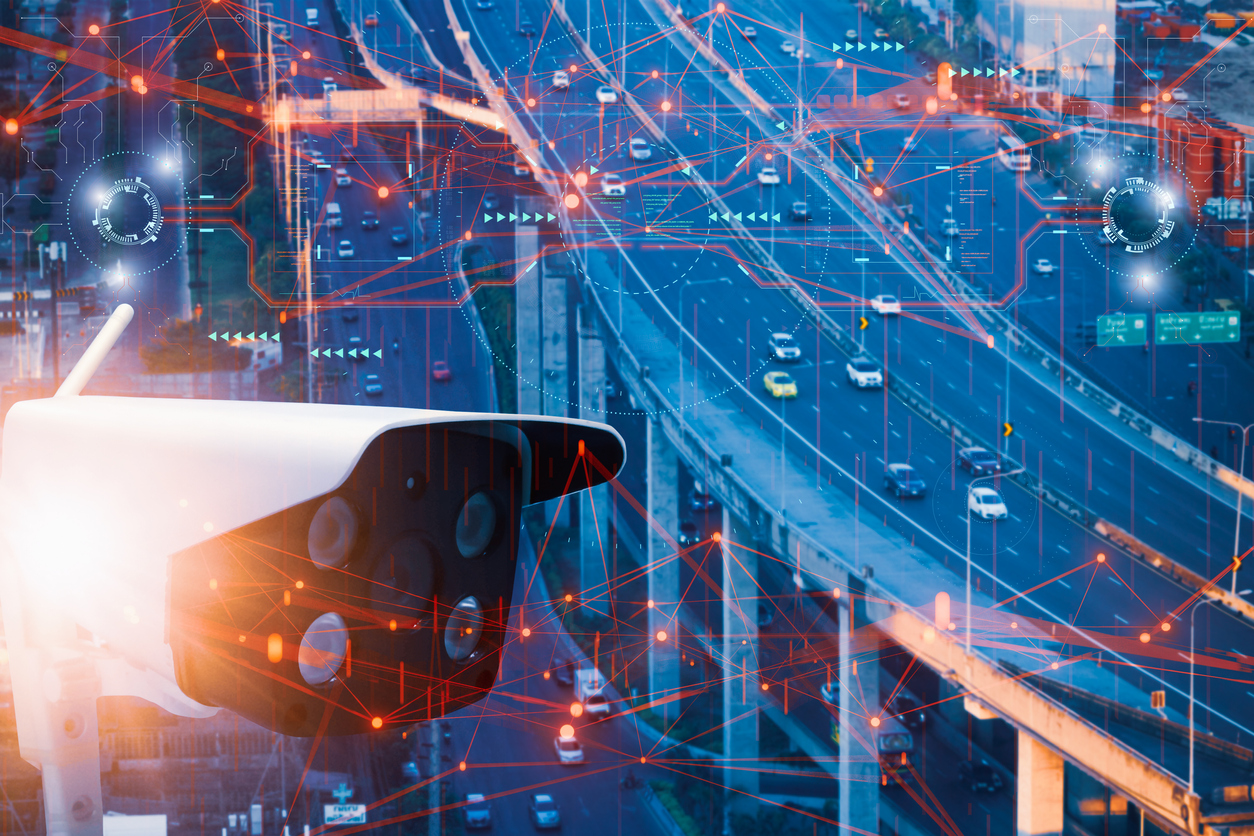
Today, Artificial intelligence (AI) plays a critical role in License Plate Recognition (LPR) technology. LPR systems use a combination of image processing and machine learning techniques (software that learns from experience without explicit programming) to recognize license plate numbers from images captured by cameras.
One of the main challenges in LPR is to perform equally despite external conditions such as lighting, angles, obstructions, and variations. AI-powered LPR systems are trained on large datasets of license plates on many different conditions so they learn to recognize the characters, even if the image is distorted, blurred, or partially obscured; they are also capable of self-improvement and auto-adjust their parameters. Features like this are "the ring that fits the finger" for LPR accuracy.
Learning? Training?
The most interesting feature of Artificial Intelligence is its capability to use human input as a guide for future decisions; in LPR, a "training session" refers to a human manually telling the machine what is "right and wrong" for each character in each license plate used for that session. The more data the system is trained on, the better it can learn to perform the task.
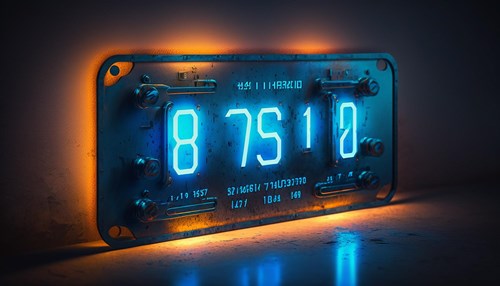
Artificial Intelligence in License Plate (images) Processing
We use an AI model called Convolutional neural networks (CNNs) to process the images captured by LPR cameras. It uses inductive logic, similar to what biologists have found in the brain of mammals, which has led, by analogy, to describe them as “Neural” Networks.
A Convolutional Neural Network creates many layers for the same image and applies filters (brightness, contrast, edges sharpening, grain, etc.) to make different features more visible and put together the best information from every layer. Filters may be applied to each training image at various resolutions, and the output of each convolved image is used as the input to the next layer.
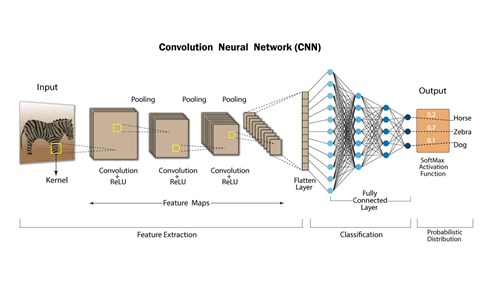
The caveat of these models is the high processing power they demand; however, today’s powerful machines allow more layers of convolutions, dramatically increasing reading accuracy, always at the expense of higher CPU load and a higher energetic cost.
Human Genius vs. Machine Brute Force
Before the generalized use of CNN, Image analysis relied on developing deductive processing functions using complex mathematical algorithms created by experts. This task requires much talent, time, and energy but limited empirical data, mainly used to test the model.
Human-made algorithms have always posed a challenge in terms of intelligently fine-tuning them to achieve the desired results. In order for LPR to be considered a dependable method for critical operations, it needs to attain an accuracy rate that is as close to 100% as possible., but as Einstein said:
"As far as the laws of mathematics refer to reality, they are not certain; as far as they are certain, they do not refer to reality."
On the subject, Jacques Jouannais, Survision CEO, said:
“As we got close to a 95% success rate, we started having callous times fine-tunning everything we could, from physical parts to our highly appreciated algorithm (on which we have already spent thousands of worker-hours developing); we knew we were reaching our maximum... but it wasn’t enough."
On the other hand, Convolutional Neural Networks do not require strong mathematic or programming skills but the collection and exploitation of massive amounts of data.
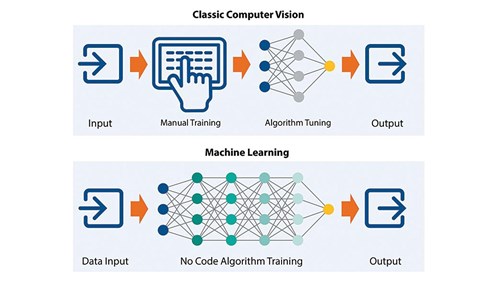
Thanks to modern CPU power, AI has considerably democratized image processing by removing the burden on human-made algorithms. As a result, building efficient image processing systems is much faster and less expensive.
The Survision Approach
Understanding the benefits of both paradigms, we at Survision have chosen to combine the best of both worlds: an intelligent algorithmic approach (and the benefits of lower computing power needed) powered by AI (CNN), keeping all the processing on-board, without any external server.
At Survision, we have been exploiting CNN at different stages of the plate extraction process, such as:
- Location of the plates in the image
- OCR (character reading)
- Confidence level calculation
We are also using AI to provide additional data such as:
- Vector signature of the plate (FingerPrint)
- Determination of the type of plate
- Geographical area of origin
AI has helped us to reach accuracy levels we could only dream of in the past; we have successfully achieved accuracy ratios of 99%+ in some countries, up to 4 points higher than before.
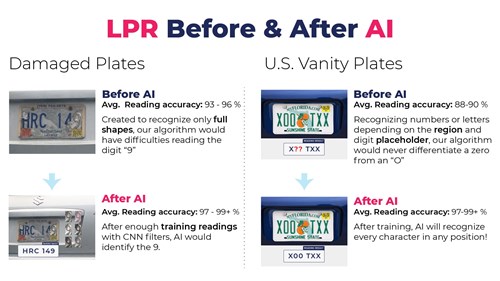
Regionalized Plates
Some countries such as the U.S.A. have different plate designs and structures for each state; in the past, every region had to be manually added to the algorithm limiting our reach and slowing us down. In this matter, training the AI model with plates from each region was enough to solve this issue.
Damaged Plates
Always a challenge, damaged plates show incomplete or deformed characters, almost impossible to read using the traditional approach; now, CNN technology performs really well in identifying incomplete characters because they "remember" past experiences, being able to mix deductive and inductive logic at the same time.
Vanity Plates
One of the hardest challenges for LPR, since these plates use personalized combinations of letters and numbers, not following regional patterns of any kind... Aka "the perfect job for CNN!" since it makes LPR systems free from having to use character position as a key factor to recognizing every character. Vanity plates are no longer a threat to LPR since AI-powered LPR systems can now read any character in any position!
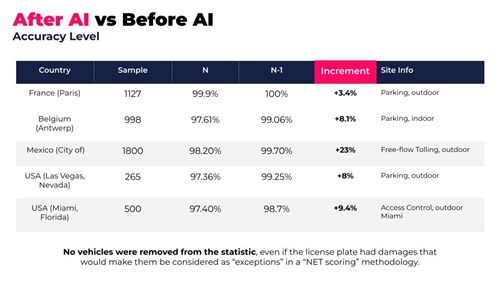
* These values come from real sites. Each installation can provide different values depending on many factors.
Also, our readings have become more reliable and useful thanks to a significant improvement in the confidence level (system's level of certainty in its own performance); only possible due to the greater number of variables AI helped us to include in this complex calculation.
Wrapping up
Our success depends on our firmware being the precise, faster, and yet lighter as possible, that is why we are constantly updating (and distributing) our Firmware, whether by training AI modules with more data or by optimizing every single line of its code.
Artificial Intelligence is of great help in achieving unmatched levels of accuracy, making LPR the most effective mean of identification, control, and billing for vehicle-related operations. So yes, Artificial Intelligence represents a refined, elegant yet definitive LPR revolution.
About SURVISION 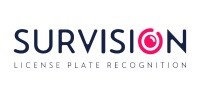
SURVISION is a global leader in License Plate Reading (LPR). Since 2001, with solutions being deployed in over 30 countries with more than 20,000 sensors thanks to a network of 300 Value Added Integrators. The quality of its R&D team allows SURVISION to work with world-class integrators for a complete set of innovative solutions for Smart-City, Smart-Parking, law enforcement, toll road collection, car-park management, and for local authorities.






Comments
There are no comments yet for this item
Join the discussion